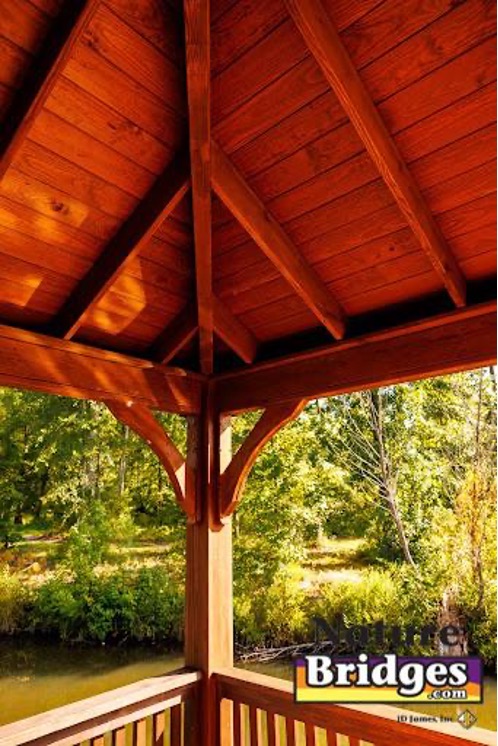
With the growing awareness of environmental concerns, the demand for eco-friendly construction materials has also increased. Sustainable building reduces the carbon footprint and enhances the longevity of structures. It also helps keep those structures in harmony with their natural surroundings.
There are several reasons to use sustainable materials in your structures. Reducing the environmental impact associated with raw material extraction and processing is important to habitats. Sustainable materials usually have a lower carbon footprint, contribute less to deforestation, and minimize any disturbance of local habitats. Depending on the specific material you use, waste is reduced through recycling and repurposing. When you choose the right materials, you can do your part to foster a more sustainable future and make a positive impact on the environment and society.
Recycled and Composite Materials

One of the most robust and maintenance-free materials for outdoor construction is composite or recycled plastics. These materials are generally made from recycled plastic bags, milk jugs, and other post-consumer plastics. These materials are combined with wood fibers to create a highly durable material that is resistant to rot, moisture, and insect damage. It also reduces maintenance on your structure. When we use recycled plastics, we help divert waste from landfills and reduce the need for virgin materials. This is one way that we can significantly lower environmental impact.
Natural Stone

Natural stone does use a lot of resources to quarry and transport, but it can be sustainable, especially if sourced locally or reused from other projects. It provides excellent durability and maintenance-free longevity. Stone works well in a variety of projects, including for walls, pavers, and as a stylish enhancement to other sustainable materials.
Engineered Stone
Engineered stone, like composite wood, is made of a mix of recycled materials and natural stone particles. It’s a sustainable and budget-friendly alternative to natural stone. This material provides a similar look and comparable durability. The main difference is that it has a smaller environmental footprint thanks to the incorporation of recycled components.
Maximizing the Benefit with Sustainable Techniques

When you use sustainable materials and eco-friendly construction techniques, the benefit is amplified. For example, if your eco-friendly construction crew uses top-down construction and energy-efficient practices during the building process, you can reduce the overall environmental impact of a construction project. Techniques such as strategic site selection can minimize environmental disturbance, while using local materials can reduce transport emissions. This holistic approach ensures that the construction project is sustainable as well as enhances the operational efficiency and life cycle of the structure. These long-term benefits help you, the environment, and anyone who uses the structure. When you need guidance on building an eco-friendly bridge, boardwalk, or any other structure, contact Nature Bridges. Let’s work together to build responsibly and sustainably.



P.O. Box 516
Monticello, FL 32345
Phone: (850) 997-8585
Fax: (850) 385-3493
estimating@naturebridges.com